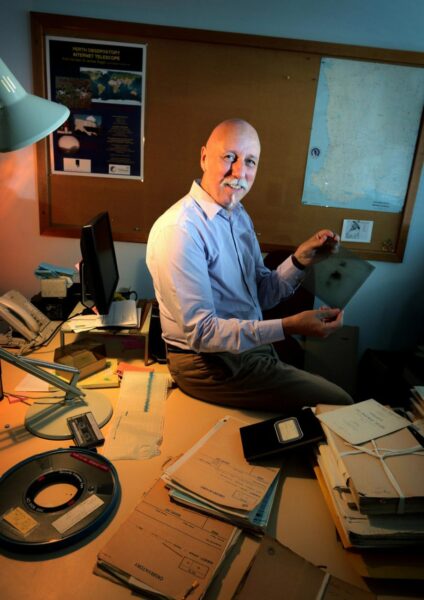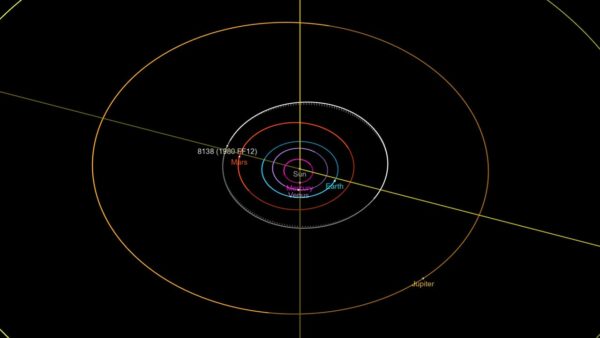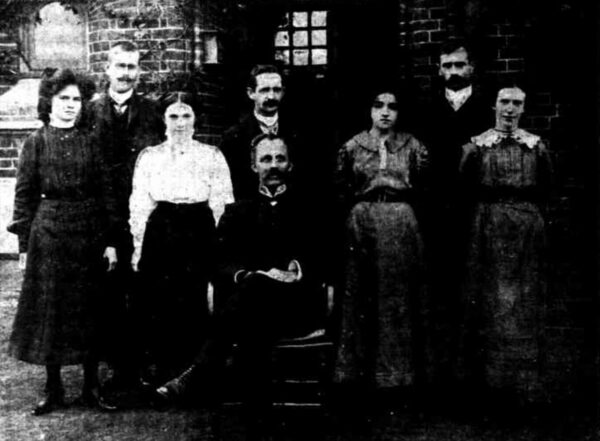
There was much fanfare at the observatory when it was recently announced that the International Astronomical Union has officially named the minor planet 1980 FF12 after Dr Craig Bowers who was a Meridian Telescope Observer at the Perth Observatory and who is currently the honorary historian at the Observatory.
Craig worked on the Perth 83 Meridian Star Catalogue which catalogued over 12,000 stars and he also monitored the orbits of double stars. He was heavily involved in the continuous Lowell/Perth telescope observations of Comet Halley during its 1985-86 visit to the inner Solar System, including the discovery of the jets of CN gas or phenacyl chloride which is used in tear gas which led to a revision of the estimated rotation of the Comet Halley’s nucleus. His PhD thesis detailed the scientific history of Perth Observatory from 1960 to 1993.
The minor planet now called 8138 Craigbowers was discovered by Perth Observatory Senior Astronomical Observer Jeff Johnston using Perth’s first research telescopes the Astrographic Telescope on the 20th of March 1980. 8138 Craigbowers is a three km asteroid, and it rotates every three hours, it’s a main-belt asteroid that orbits the Sun just outside the orbit of Mars at nearly 325 million km and it takes just over three years to complete an orbit.

Thirty-five asteroids have been found since the Observatory had moved up to Bickley from West Perth back in 1966, sixteen of which have already been named. The former staff and Perth Observatory wanted to acknowledge Craig’s lifetime work and dedication to the Observatory with the naming of this asteroid. The naming is a real honour for Craig who said, “I got very emotional when I was told of this honour as I never got into this for the accolades”.
The naming of a minor planet is the end of a long process that can take many decades, the discoverer of a particular object has the privilege of suggesting a name to a 15 person Working Group for Small-Body Nomenclature of the International Astronomical Union who judges its suitability.

The plan hopefully is to name the rest of the unnamed asteroids after the astronomers who worked at Perth Observatory who haven’t received this honour yet and Prudence Valentine Williams and the three other ‘Female Computers’ who worked at the Perth Observatory between 1901 and 1921 who were responsible for the measuring of thousands of Astrographic Catalogue glass plates which involved calculating exactly where each star sat in the celestial sphere. The catalogue has been used to help direct modern satellites such as the Kepler, Hipparcos and Gaia space-based telescopes to refine our understanding of where we sit in the universe.
Channel 9 News Perth Report:
By Zarisha Bradley on Sunday the 19th of September 2021





